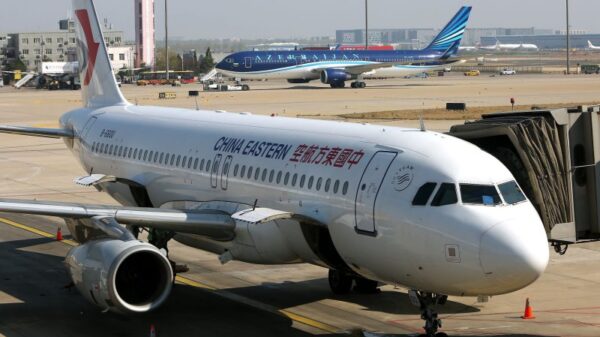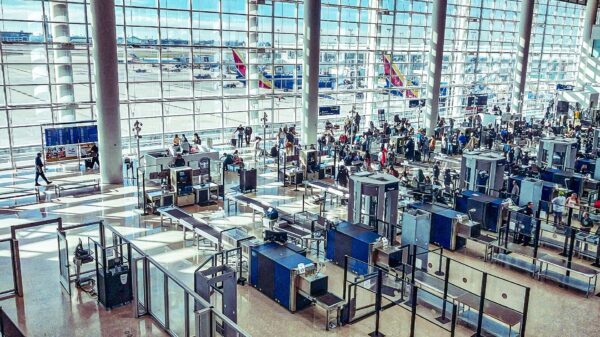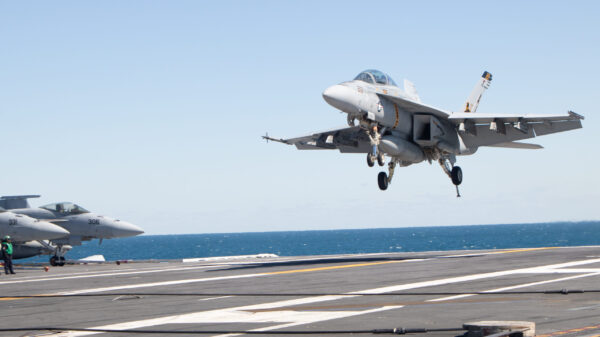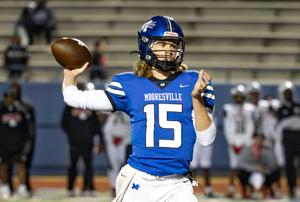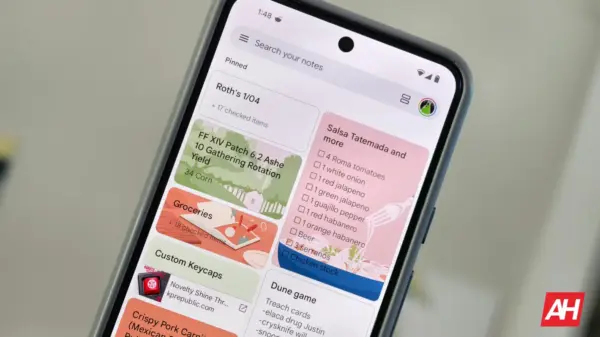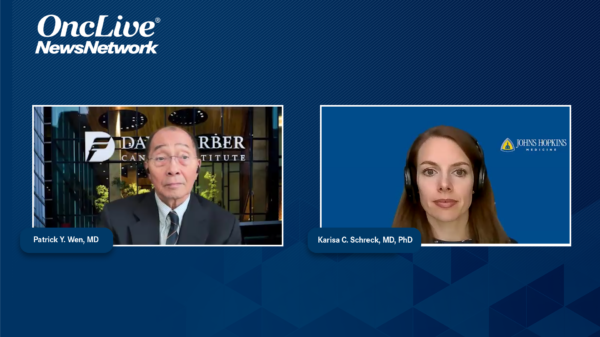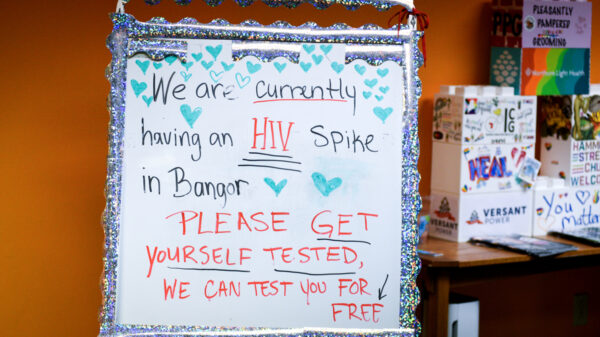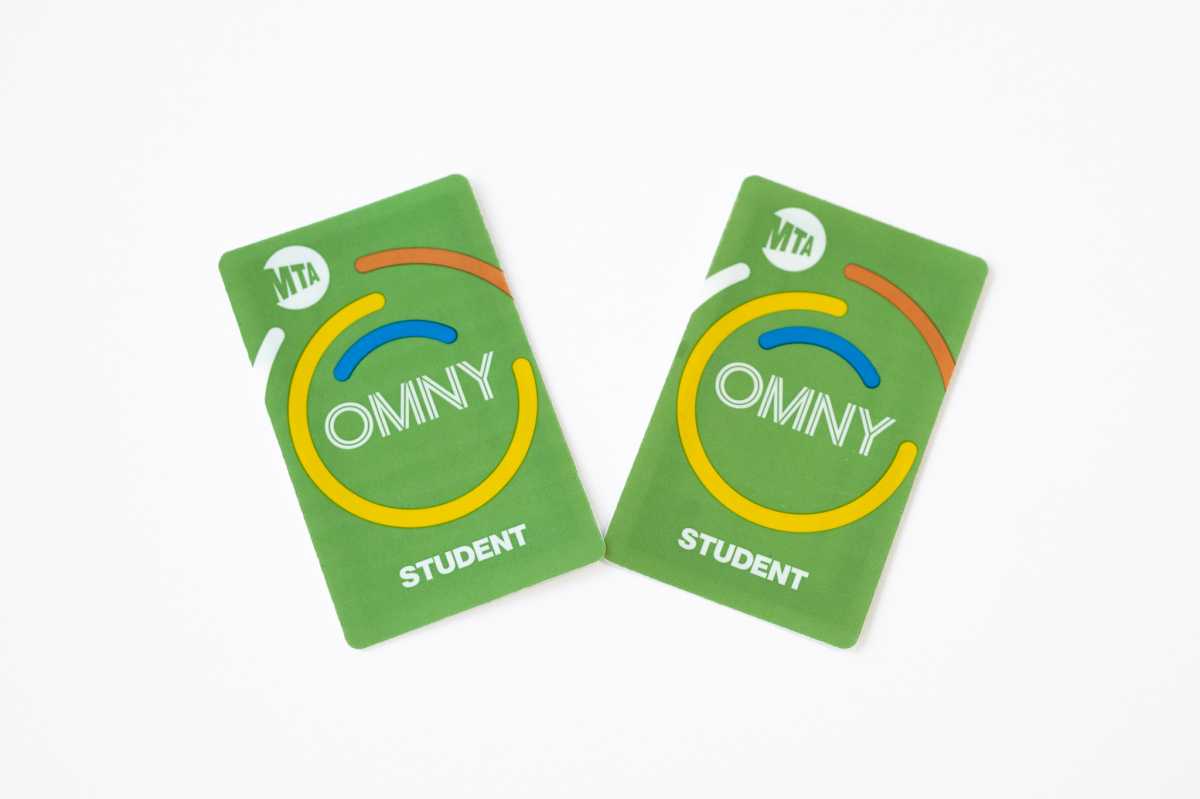The Metropolitan Transportation Authority (MTA) is actively preparing for a potential strike that could disrupt Long Island Rail Road (LIRR) services. MTA officials recommend that commuters consider working from home if possible, as a strike would halt all LIRR operations. To mitigate the impact on essential workers, the MTA plans to deploy shuttle buses every ten minutes during peak hours. These buses will operate from three key LIRR stations—Bellmore, Hicksville, and Ronkonkoma—connecting to subway services in Queens.
Shanifah Rieara, the MTA’s Chief Customer Officer, stated that customer ambassadors will be stationed at these locations to assist riders with navigating the transit changes. Riders are also encouraged to use Nassau County’s NICE bus system to connect with the 7 train at Flushing-Main Street or travel to the Jamaica Bus Terminal for the F train at 169 Street. Furthermore, the MTA intends to offer prorated refunds to September monthly ticket holders for any business day when service is suspended due to a strike. For ongoing updates, commuters can check the MTA’s dedicated website at mta.info/lirrstrike.
In another development, the MTA has reported a significant increase in ridership among students using the newly implemented Student OMNY pass. This pass, which allows students to travel four times a day, seven days a week, year-round, has resulted in a remarkable 54% increase in student ridership compared to the previous year when students primarily utilized the more limited MetroCard.
Dheraj Ganjikunta, a Commercial Ventures Associate at the MTA, highlighted that overall, there has been a 15% increase in young New Yorkers using their passes, along with a 32% rise in trips per card. As the back-to-school season unfolds, early indicators suggest that this trend of increased ridership is continuing, with many students incorporating transit into their daily routines, even on weekends and during the summer months.
The MTA is also addressing concerns regarding the effectiveness of congestion pricing, which aims to reduce traffic and improve air quality in New York City. According to Juliette Michaelson, Deputy Chief of Staff and Strategic Planning, congestion pricing has successfully decreased vehicle entries into the Central Business District by 14% in August, matching the largest reduction observed in June 2025. Since the program’s launch, there has been an average reduction of 74,000 vehicles entering the area each day, amounting to a total of 18.1 million fewer vehicles since the initiative began.
Importantly, fears that congestion pricing would lead to increased pollution in areas outside Manhattan have not materialized. The MTA expresses pride in these achievements, indicating that the program is effectively addressing its intended goals.
As the MTA navigates these developments, it remains committed to enhancing transit services and ensuring that riders have the necessary information and support. For those affected by potential service disruptions, the MTA is prepared to implement contingency plans to minimize inconvenience and maintain connectivity throughout the region.



